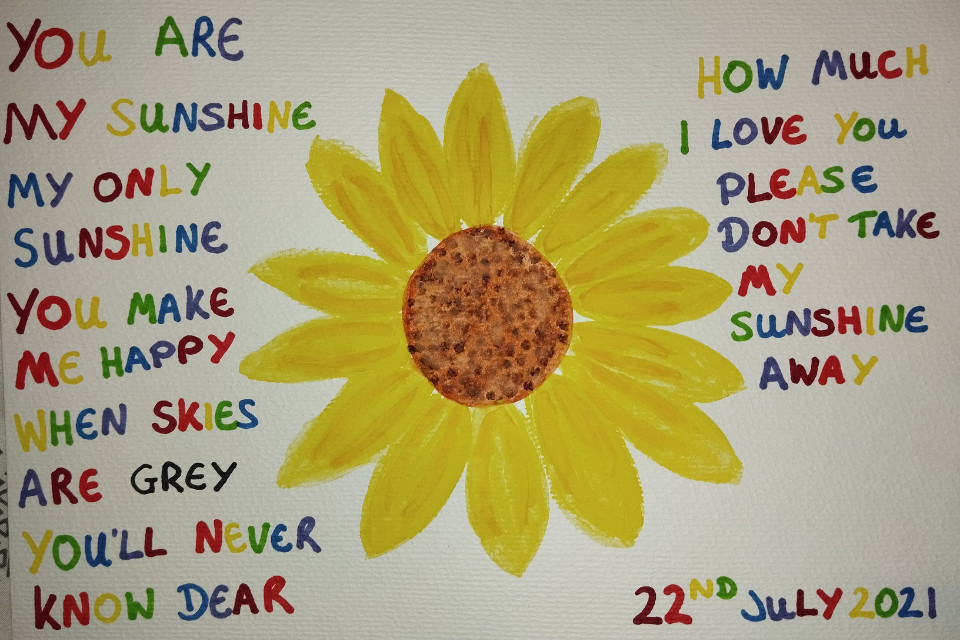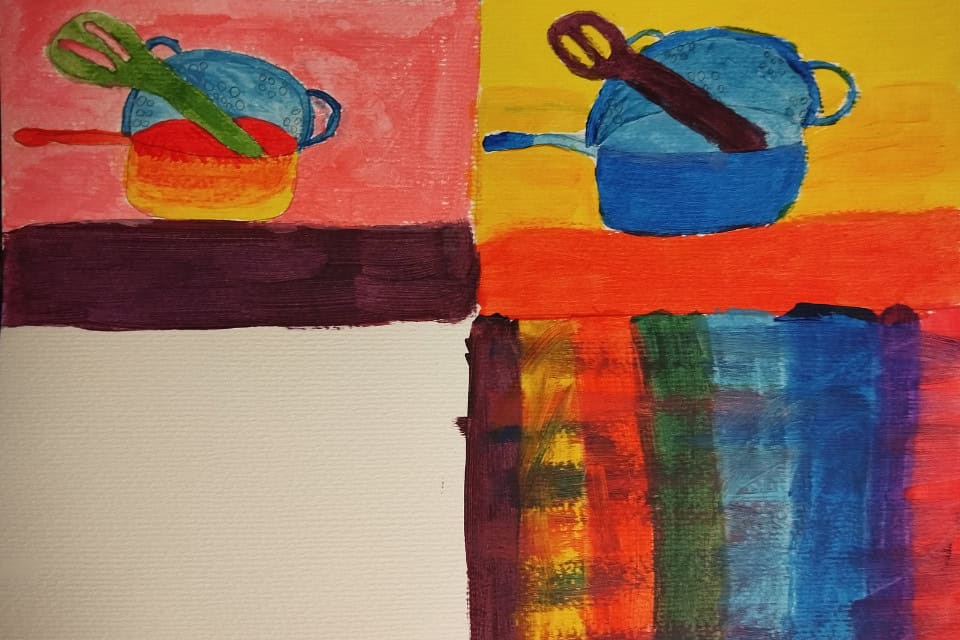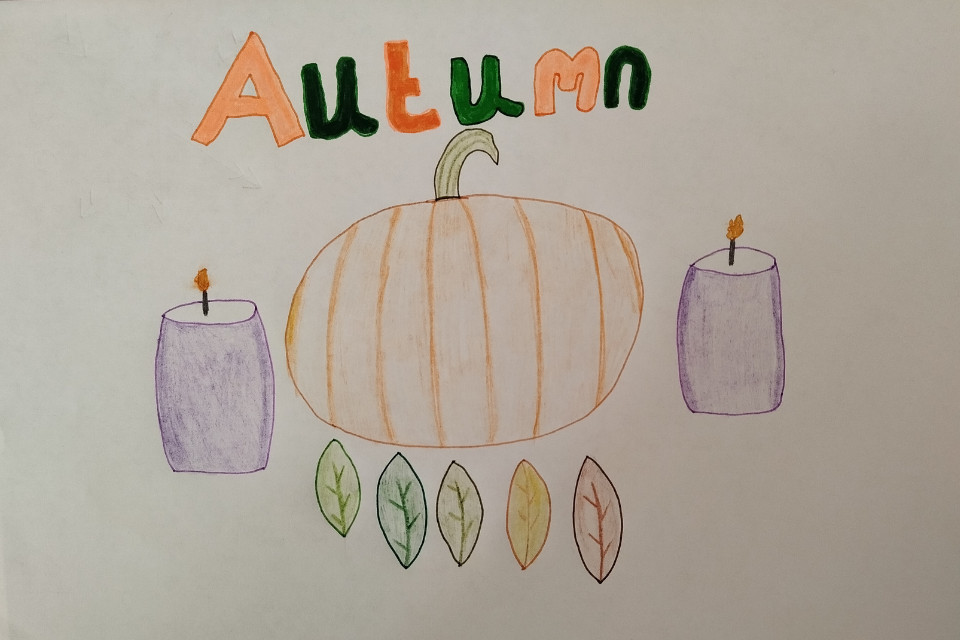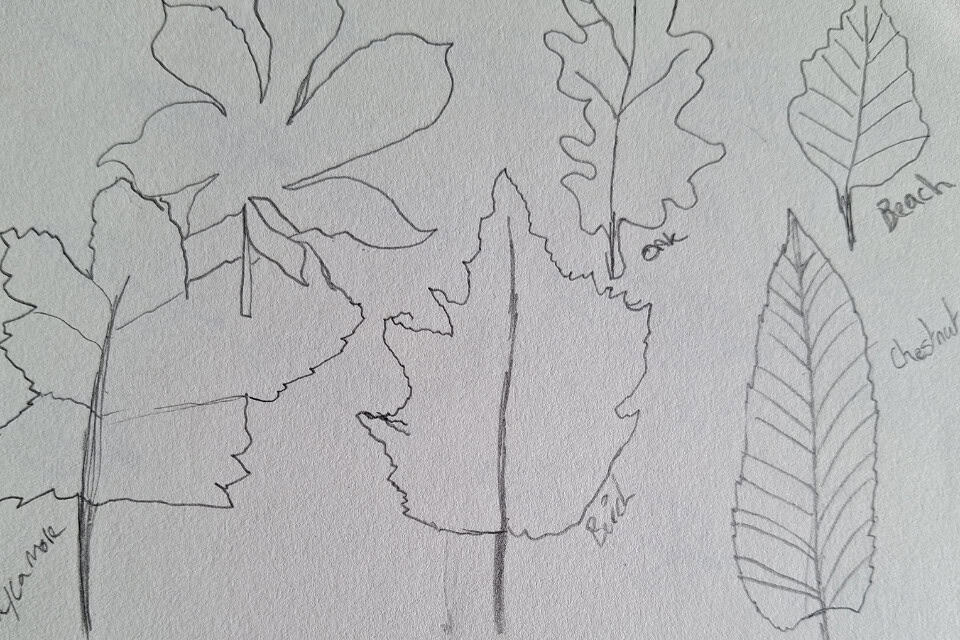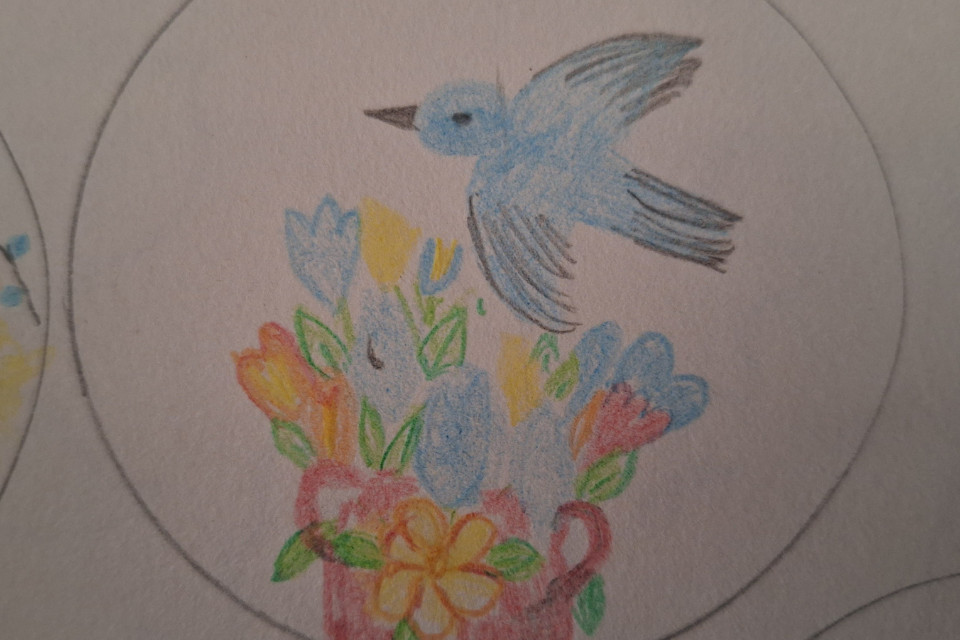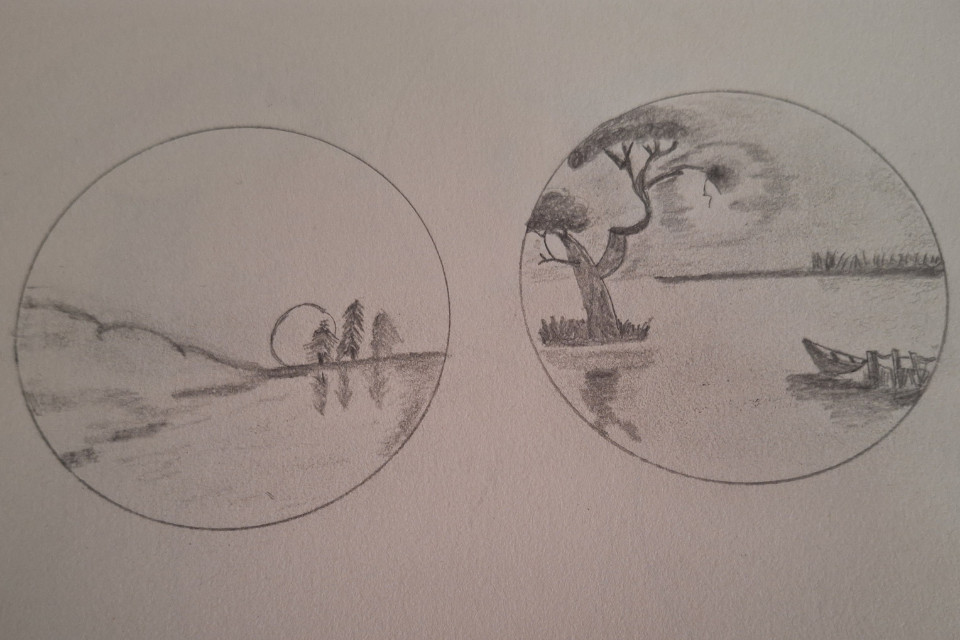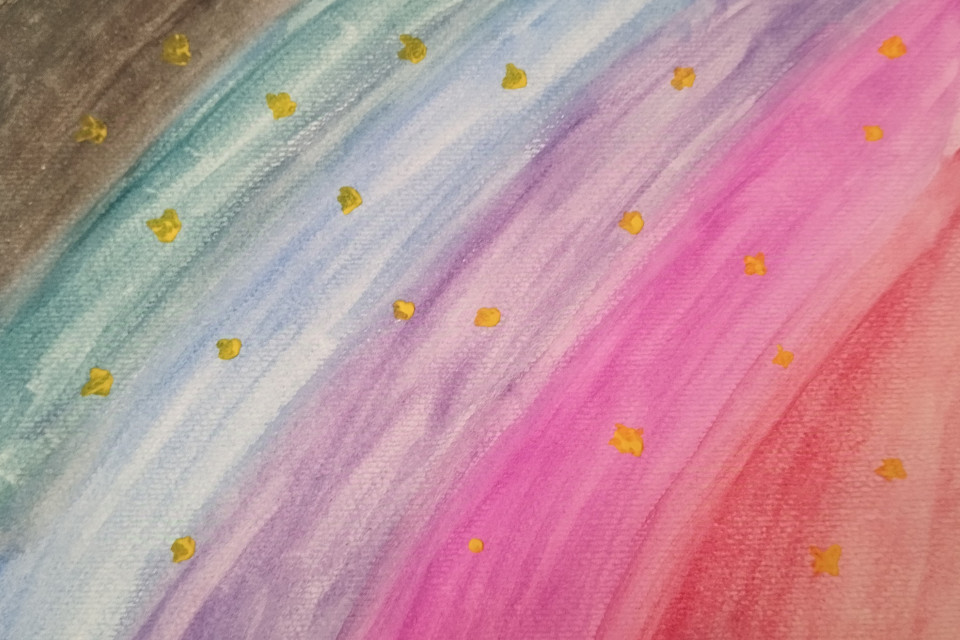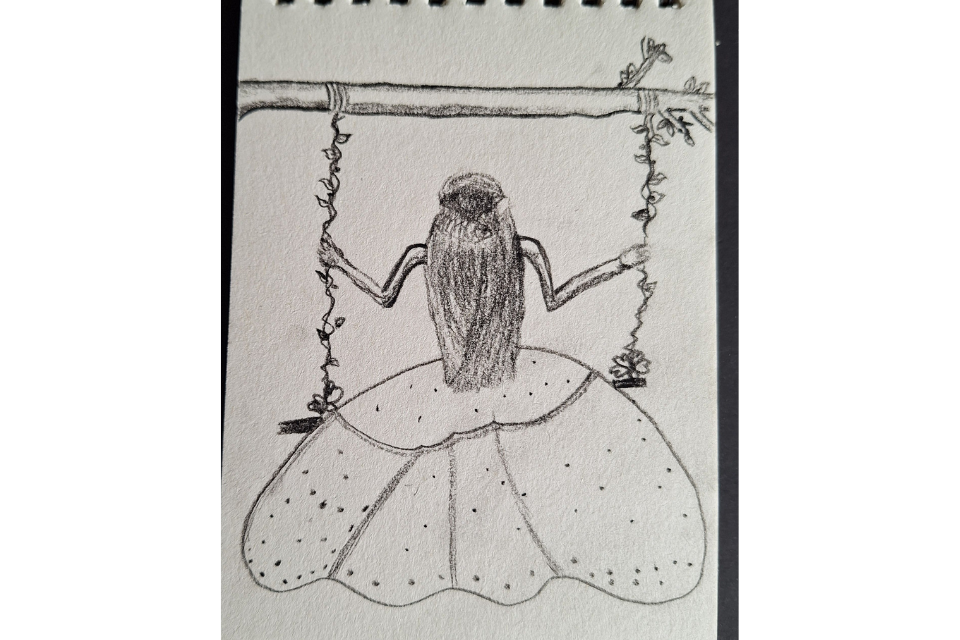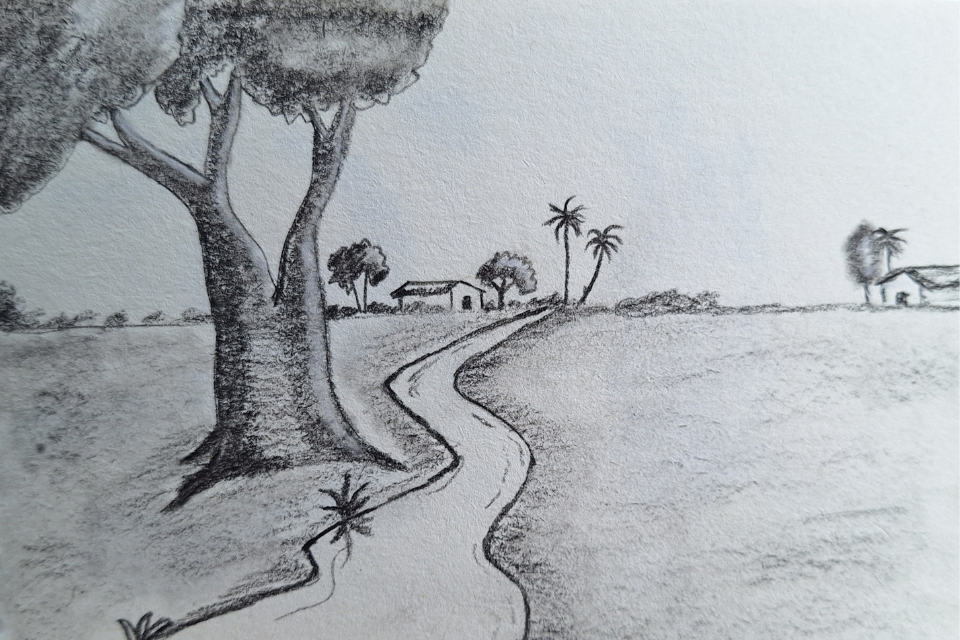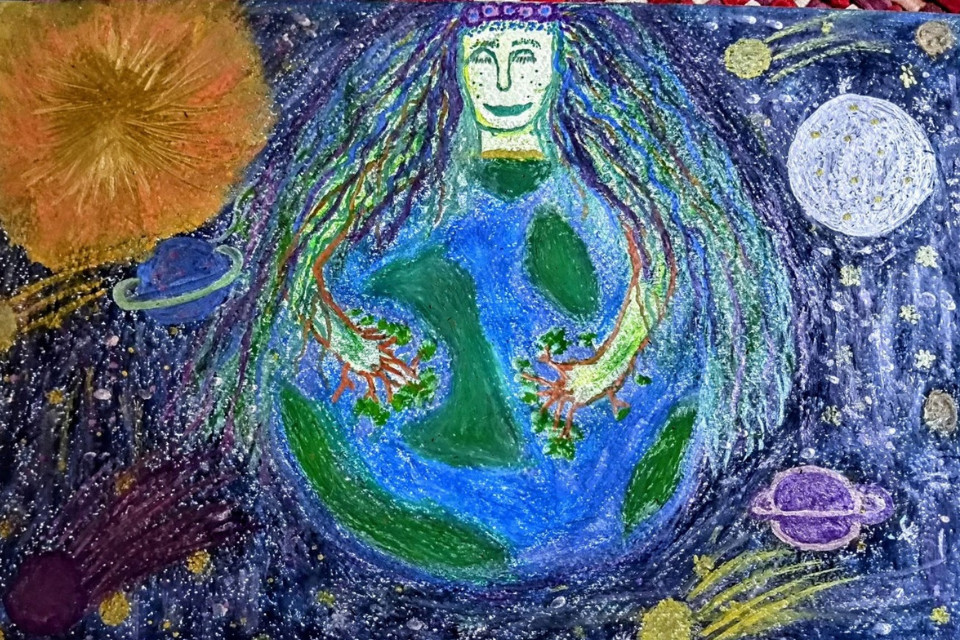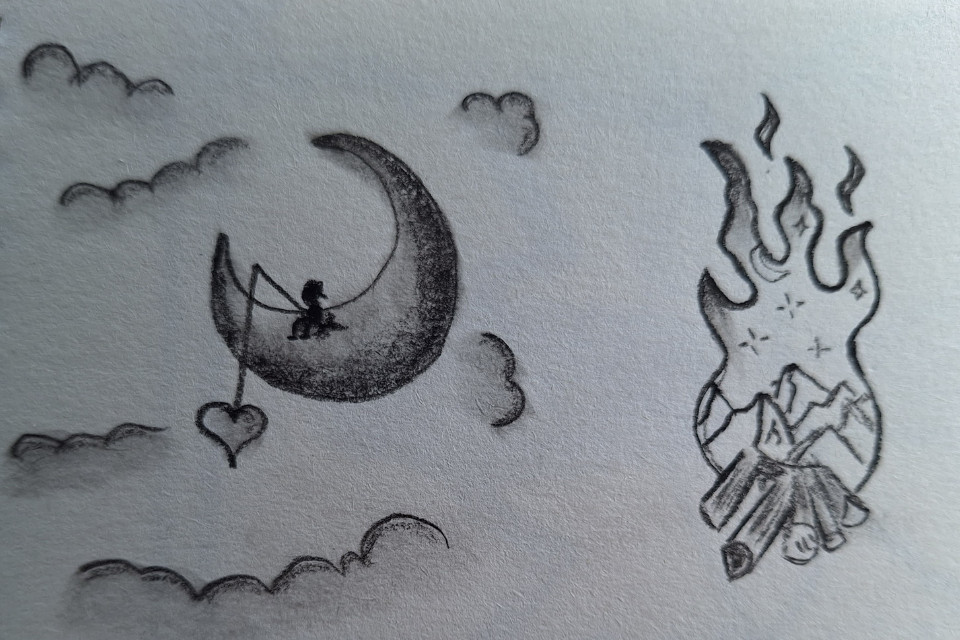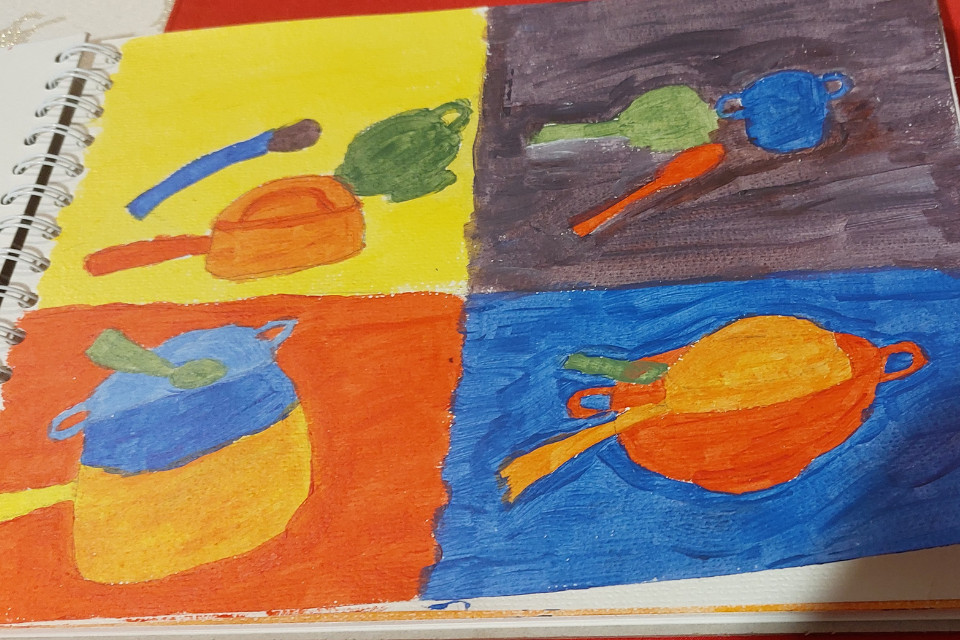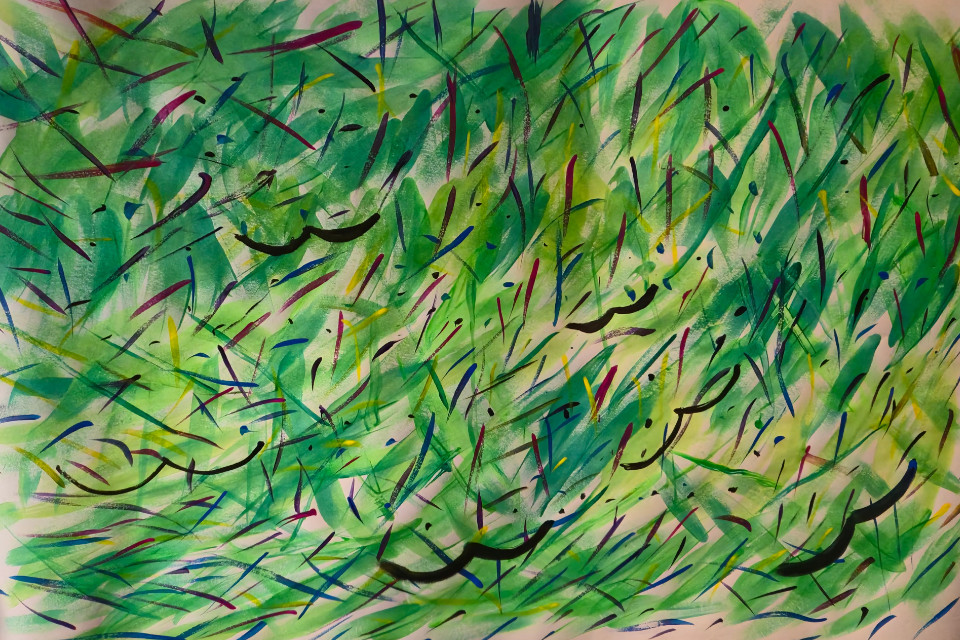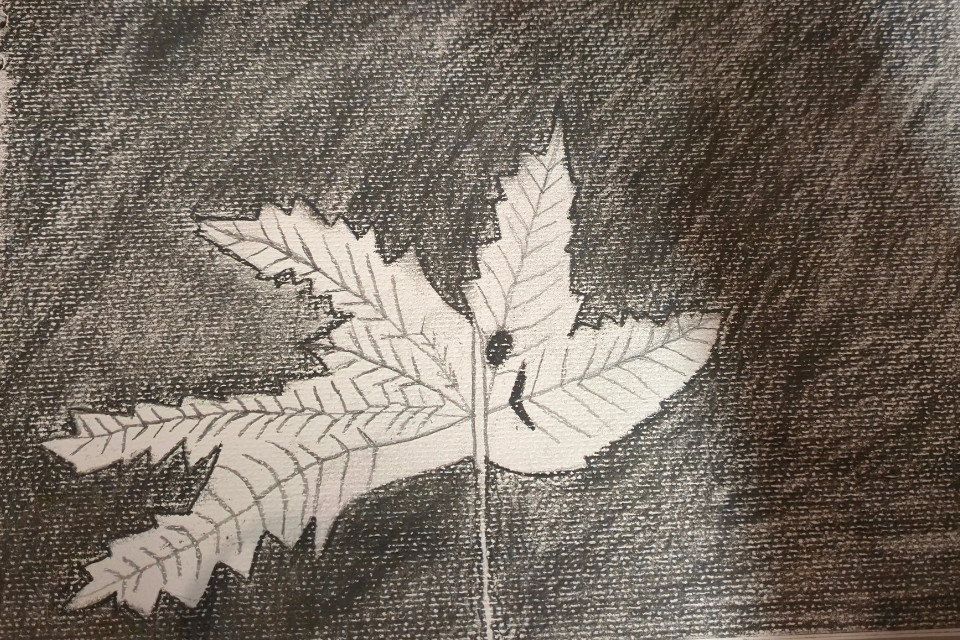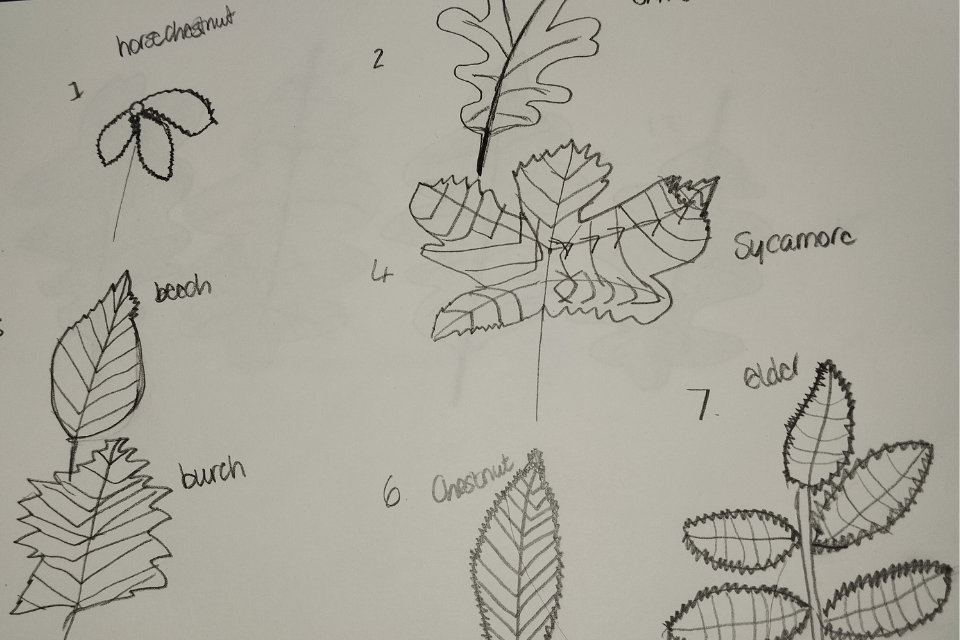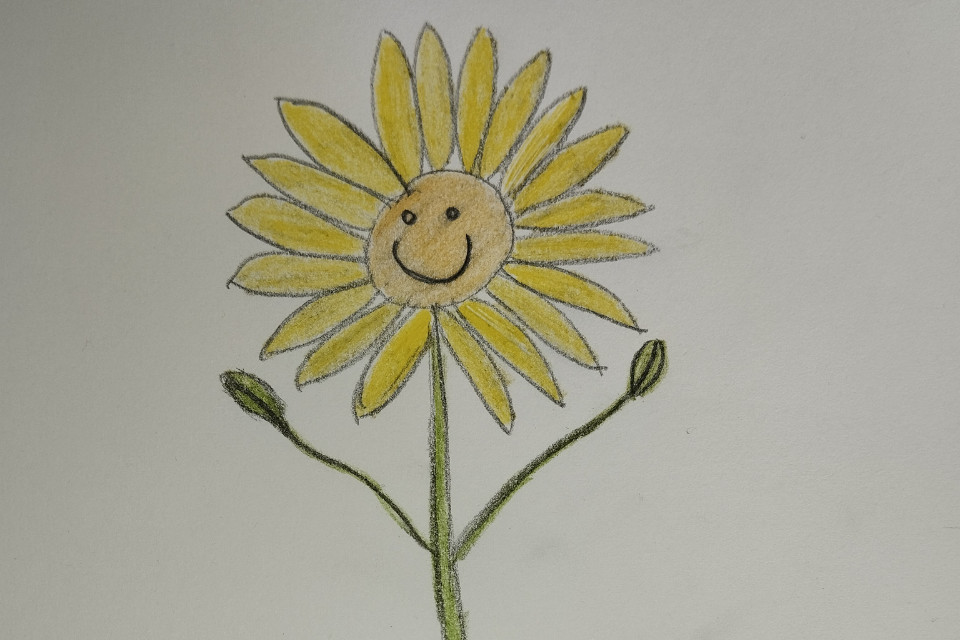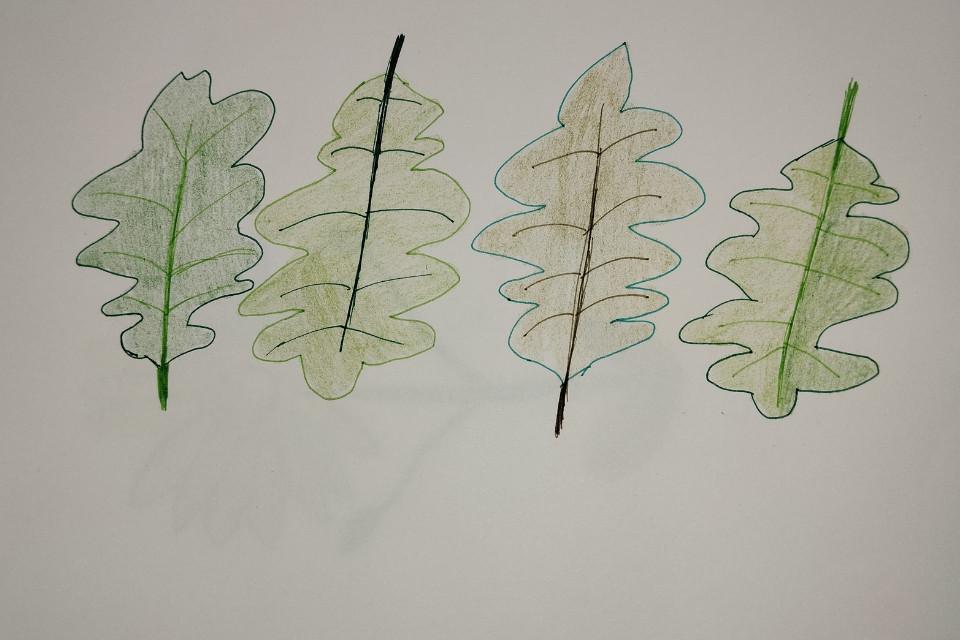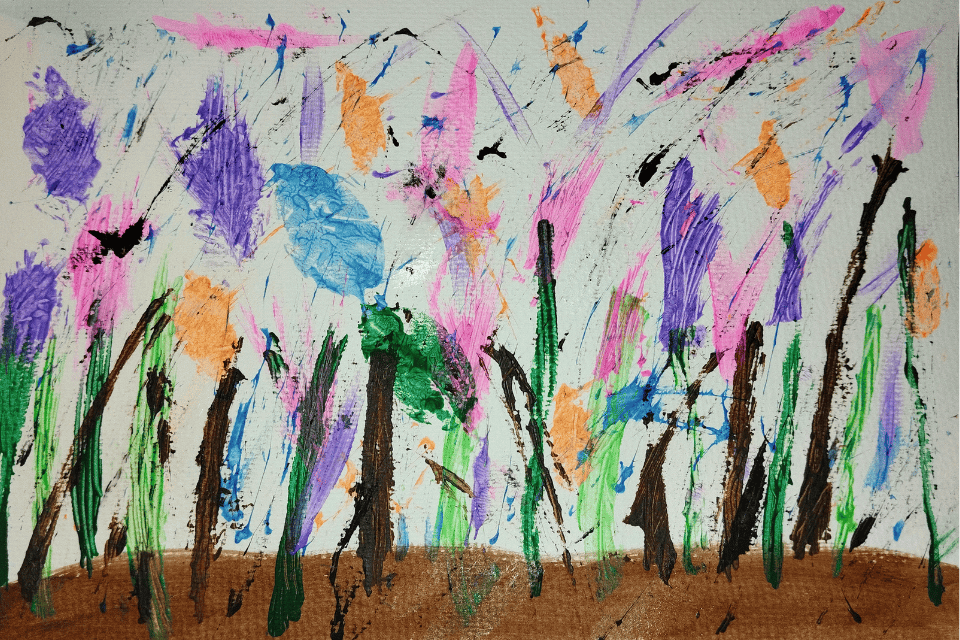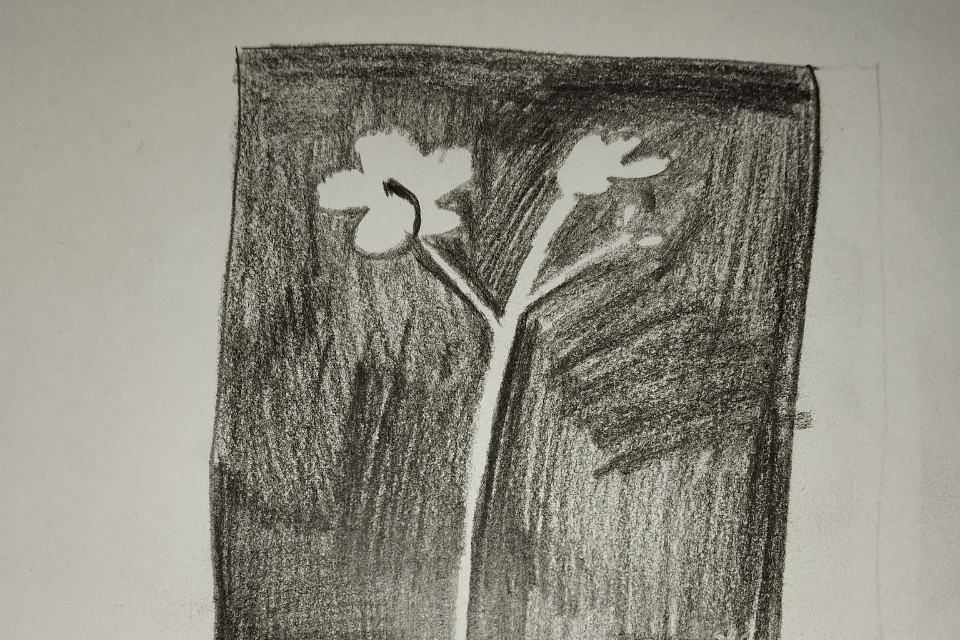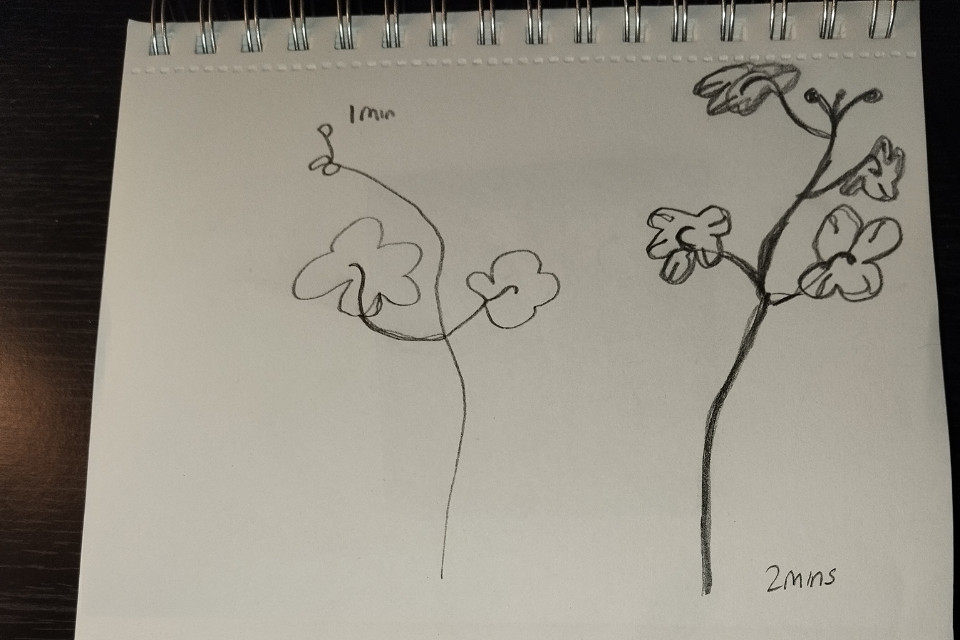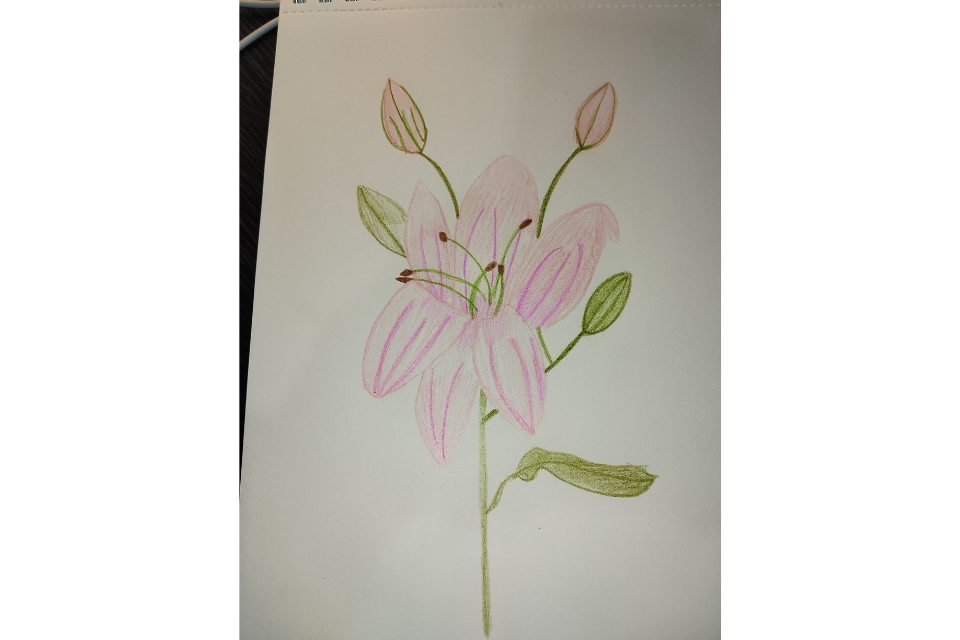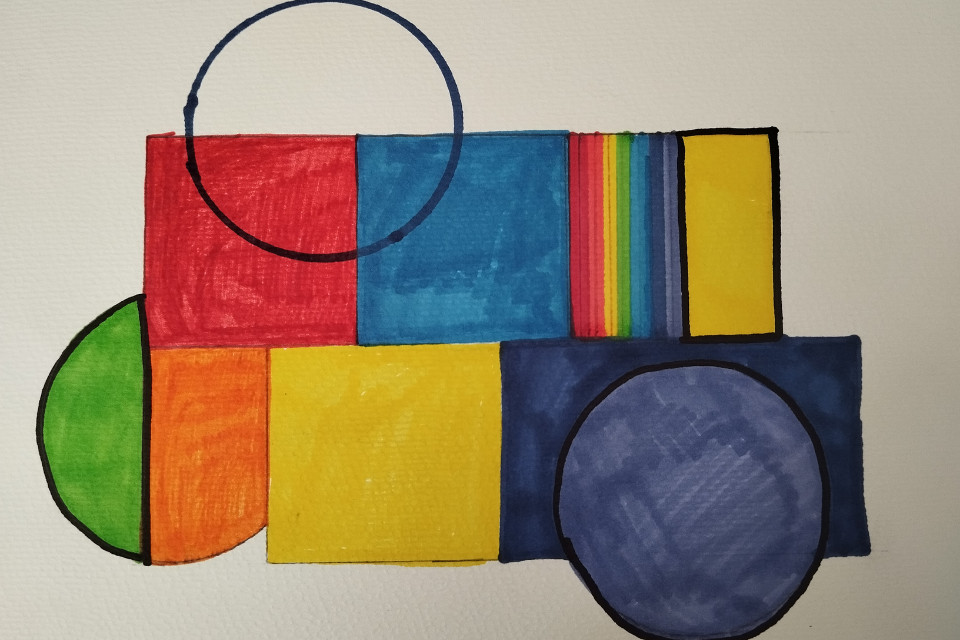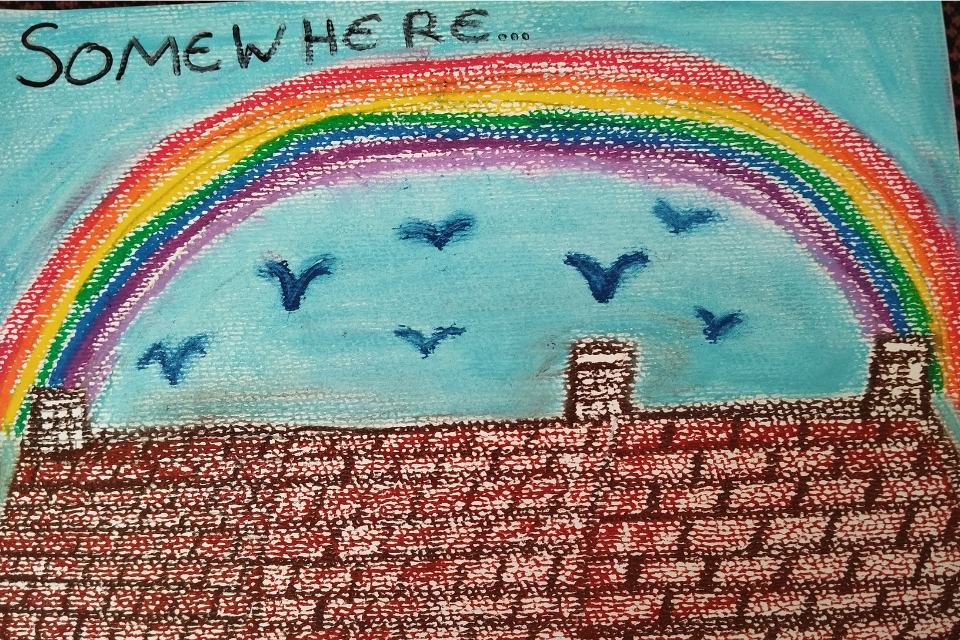Art therapy
Art therapy uses artistic materials to help a child or family member express emotions and experiences they may find hard to put into words. Our experienced HCPC registered Art Therapists set therapeutic aims and work alongside individuals in one-to-one sessions or in groups.

An art therapy session may include:
- Exploring different materials and textures using easily accessible arts and crafts.
- Exploring communication using mark-making.
- Creating meaningful artworks about a subject specific to the individual.
- Using art-making to help the individual relax.
- Using art to express feelings so that a participant feels more able to talk about their worries.
- Looking at images made by other artists to talk about art and explore their meanings in connection to themselves.

Benefits of art therapy

Facilitates emotional expression
Allows the child or family member to express thoughts and feelings they may find difficult to put into words.

Encourages control and choice
Empowers the individual to make creative decisions and focus on what they can control.
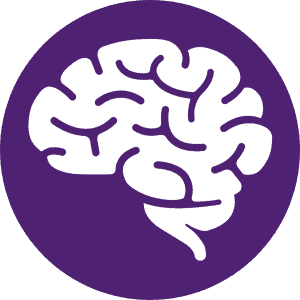
Physical and cognitive development
Art therapy can be used as a tool to reach a child’s developmental aims.

Promotes relaxation
Helps the child or family member relax.
CREATE
Create is our online art group for parents and carers. Here are some of the latest art pieces made:
Hear from parents and carers about the group:

Other available support
Short breaks and expert nursing care
Family activities and events
Symptom management nursing service (SMNS)
Physical therapies
Care at end of life
Bereavement support
Wellbeing support
Read our latest editions and sign up to hear more!
